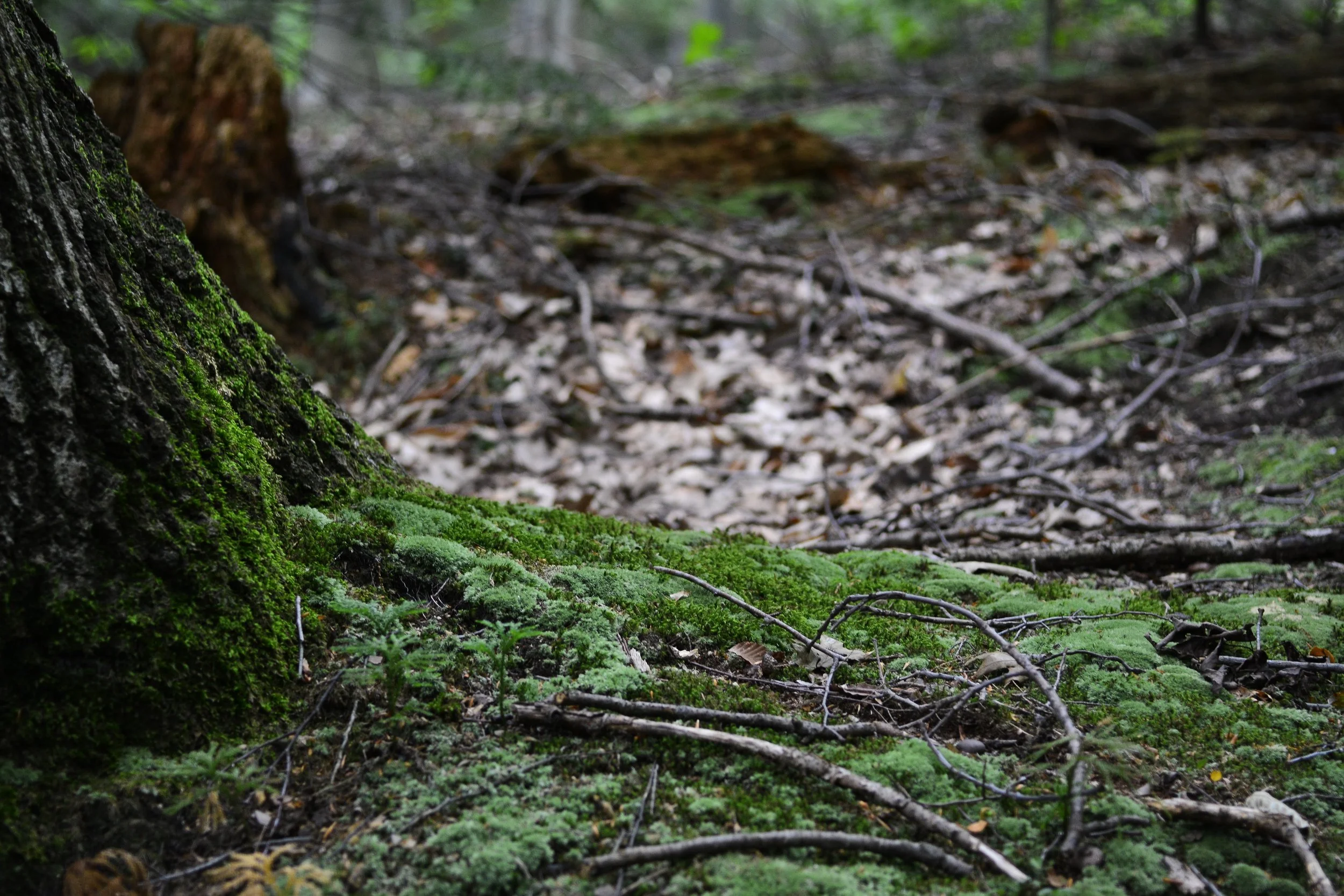In a previous post, I highlight the major ecological concepts associated with soil age. As it turns out, soil age has a massive impact on plant and fungal communities. Plant and fungal strategies may dominate the soils of one specific age, while those same strategies may be useless at a different soil age. The concepts linked with soil age are largely excepted through the observations of species traits across soil age gradients. Though, newer research has come to light that experimentally tests these concepts. As we know, experimental testing vastly outweighs scientific observation.
In young soils, inorganic phosphorus is at its highest quantity, while available nitrogen is nearly non-existent. Inorganic phosphorus is locked up in parent rock material, and over time, decreases with erosion. Although inorganic phosphorus decreases through erosion over time, organic phosphorus slightly accumulates in older soils. Nitrogen only enters the system when nitrogen fixing organisms colonize the newer soils. Nitrogen fixing organisms are highly dependent on phosphorus, so as soon a phosphorus becomes a limiting factor in more ancient soils, so too does nitrogen.
Soil nutrients and nutrient strategy as a function of soil age. Lambers et al. 2008.
Through time, the strategies of both fungi and plants adjust to the different levels of soil nutrients. Initially, arbuscular mycorrhizal fungi (AMF) and nitrogen fixing plants (NFP) colonize newer soils. NFP and their associated nodule forming bacteria easily fix nitrogen in young soils with the abundant quantities of phosphorus. AMF have an astonishing ability to acquire the inorganic phosphorus available in young soils, which is why plants that pair with AMF tend to dominate young soils.
The main hypothesis here is that plant communities should shift from AMF dominating, to plants that associate with ectomycorrhizal fungi (ECM), and that NFP should decrease along with inorganic phosphorus across a soil age gradient. We should see this trend because ECM can not only access inorganic phosphorus, but can release organic phosphorus with its increased enzymatic mechanisms.
This is a difficult theory to empirically test, and up until recently these concepts were only supported by the observations of different fungal and plant communities on subsequent soils. Though, Felipe Albornoz and his team made it possible by utilizing two unique plant species that are not confined to just engaging in a single mutualist.
Ectomycorrhizas (left panel) and arbuscular mycorrhizas (right panel). Albornoz et al. 2016.
To look into how different mutualists are utilized to support plant fitness, these scientists used Acacia rostellifera and Melaleuca systena. Acacia rostellifera is a plant indigenous to western Australia that utilizes nitrogen fixing bacteria, AMF and ECM! Melaleuca systena is found naturally in western Australia and can form both AMF and ECM. This was a key component of the study, because using several plants that just associate with one mutualist would increase the amount of error, as other plant adaptations would come into play and make the results noisy. These plants were placed in three different soils representing three different ages (100, 1000, and 120,000-year-old soil). Grown in a greenhouse, these plants experienced little temperature and water variation, so their underground interactions with fungal and bacterial mutualists would infer differences associated with soil age.
This greenhouse experiment supported the ecological trends mentioned in Lambers et al. 2008. Like the theory predicted, the abundance of nitrogen fixing bacteria in Acacia rostellifera roots decreased with soil age as phosphorus became more limiting. Also across the board, both plants shifted from using AMF to ECM with increased soil age, most likely because ECM can enzymatically release sorbed organic phosphorus. This paper only briefly touched on why ECM is not utilized in young soils. The authors mention pH as a major factor, as younger, more basic soils support AMF, while ECM are more adapted to acidic, older soils. This may be true, but I think that the enzymes used for the ECM release of organic phosphorus may require more plant carbohydrates to become synthesized. Thus, less “expensive” strategies are utilized when inorganic phosphorus is available to AMF.
Biomass of nitrogen fixing bacteria as a function of soil age. Albornoz et al. 2016.
AMF and ECM root colonization as a function of soil age. Albornoz et al. 2016.
Again, we see how the forest floor is heavily influenced by time. With new research, these concepts are not only supported by observations, but by the empirical testing on plant species that engage with multiple mutualists. I am now 100% sold on these concepts, and think about the influence of time every time I hike. What is the trajectory of plant and fungal strategies 120,000 years from now? What strategies dominated 120,000 years ago? With these findings, we can confidently begin to conceptualize these questions.








